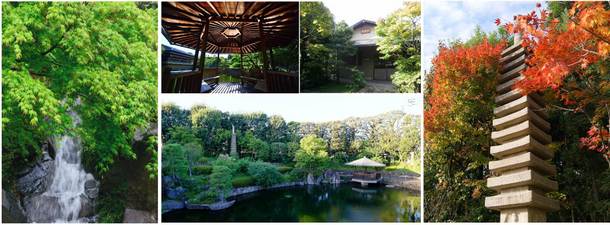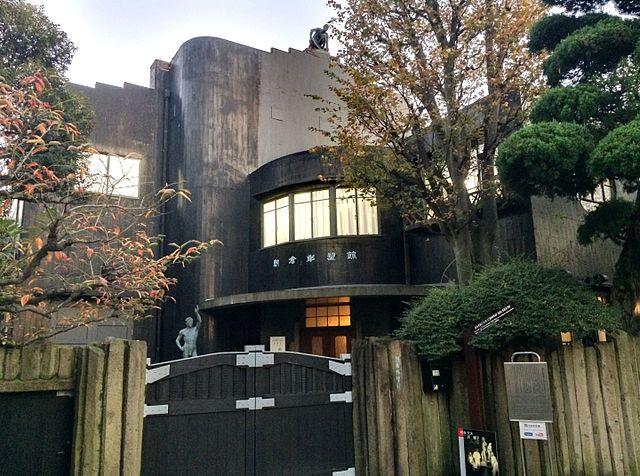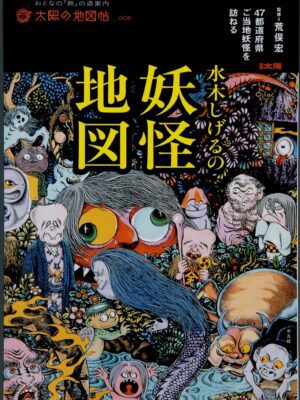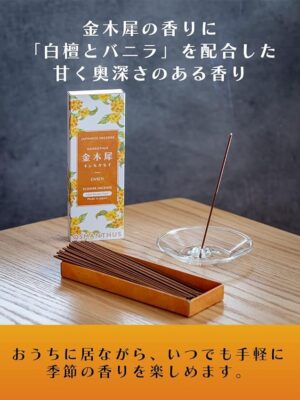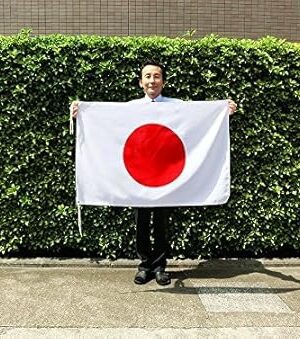Hotel Chinzanso Tokyo has a traditional Japanese garden that is also one of the Tokyo Metropolitan Gardens which has a cascading waterfall and beautiful autumn foliage.
Share this Post
Information
-
Address:
2-10-8 Sekiguchi, Bunkyo-ku
-
Contact:
03-3943-1111
-
Open hours:
6am – 11pm
-
Closed:
Open 365 days
-
Entrance fee:
Hotel guests only
Flower Calendar
- Spring : Cherry, Azalea, Japanese water iris, Summer mandarin flowers, Iris Japonica
- Summer : Hydrangea, Crape myrtle
- Autumn : The seven types of autumn herbs, autumn leaves
- Winter : Sasanqua Camellia, Japanese apricot, Camellia, early-flowering Cherry
Table of Contents
Background and History of Hotel Chinzanso Tokyo
The garden was built around 1880 by elder Meiji statesman and former prime minister Yamagata Aritomo, who named the gardens “Chinzanso” after the land’s former moniker, “Tsubakiyama,” or “the mountain of camellias.” The garden’s many natural slopes were utilized to form waterfalls and a stream, creating what is now recognized as a masterpiece of modern gardening. Some 1,000 trees of 100 varieties of camellias can be a served blooming rom winter through spring. Other seasonal sights include cherry blossoms blooming in the spring, fireflies dancing in early summer, and the the gardens turning red with maple leaves for a month beginning in late November. In addition the Lora and fauna, stonework such as the Rakanseki by Ito Jakuchu and wooden buildings such as a three-storied pagoda. The night garden is illuminated differently in every season.Features and Sights to See
Pagodas and shrines that survived the war
Located in the garden are wooden buildings such as the three-story pagoda and Zangetsu tea house. Eight Japanese houses have been remodeled as individual Japanese-style restaurant rooms, where you can enjoy Kaiseki meals and soba noodles.Meet the Seven Deities of Good Fortune
Many statues such as the Rakanseki by Ito Jakuchu and Hannya-ji-style stone lanterns can be seen in the gardens.Making the most of water and hills: A naturalistic garden
This formative garden has many hills and gullies in its shape, causing variance in the sunlight between areas of the garden. This causes trees and plants of the same type to bloom and change color at different times. The stream running from the Chichibu mountains circulates in the garden, making the waterfall, pond, and stream particularly beautiful.
|
|
|
|

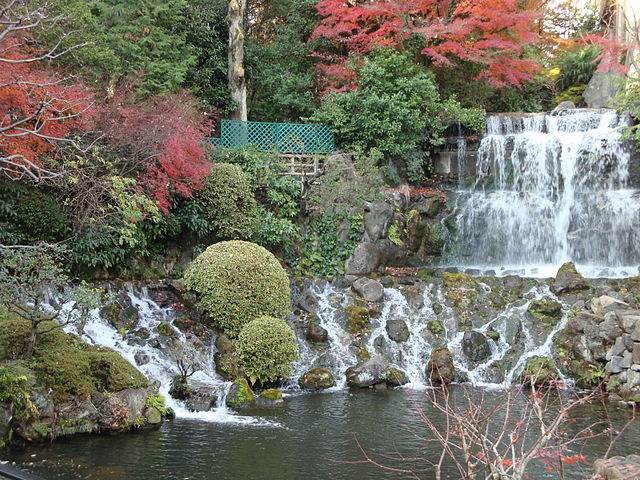
![[商品価格に関しましては、リンクが作成された時点と現時点で情報が変更されている場合がございます。] [商品価格に関しましては、リンクが作成された時点と現時点で情報が変更されている場合がございます。]](https://hbb.afl.rakuten.co.jp/hgb/1e6fd0e4.7f3ff307.1e6fd0e5.50212eb4/?me_id=1364764&item_id=10005007&pc=https%3A%2F%2Fthumbnail.image.rakuten.co.jp%2F%400_mall%2Fnattokushop%2Fcabinet%2Flp%2Fsk1673_s.jpg%3F_ex%3D128x128&s=128x128&t=picttext)
![[商品価格に関しましては、リンクが作成された時点と現時点で情報が変更されている場合がございます。] [商品価格に関しましては、リンクが作成された時点と現時点で情報が変更されている場合がございます。]](https://hbb.afl.rakuten.co.jp/hgb/17fc7800.d26d61a1.17fc7801.606d0dbf/?me_id=1213310&item_id=18021840&pc=https%3A%2F%2Fthumbnail.image.rakuten.co.jp%2F%400_mall%2Fbook%2Fcabinet%2F5863%2F9784309285863.jpg%3F_ex%3D128x128&s=128x128&t=picttext)
